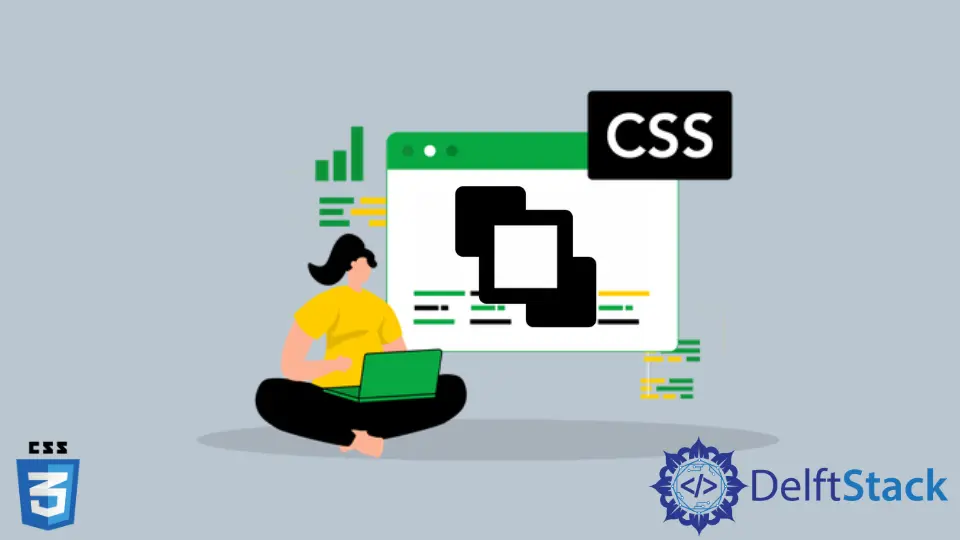How to Bring an Element to the Front Using CSS

If an element is not set to cover the entire display area, the z-index property can be used to bring it to the front. The z-index property determines the stacking order of elements on the page.
Elements with a more elevated z-index are stacked on the lid of parts with a lower z-index.
Bring Elements to the Front Using CSS
There are several ways to bring an element to the front using CSS. The first way is to use the z-index property, which specifies the z-order of an element and determines which element is stacked on top.
Elements with a higher z-index are always stacked on top of elements with a lower z-index. So, to bring an element to the front, you would give it a higher z-index than any other element on the page.
Another way to bring an element to the front is to use the position property.
Suppose an element has a position value of absolute or relative. In that case, it can be brought to the show by setting its z-index property to a value greater than any other element on the page.
Lastly, you can use the transform property to bring an element to the front. The transform property allows you to translate, rotate, scale, and skew an element.
To get an element to the front, you would translate it by a value greater than any other element on the page.
Add z-index in CSS
The CSS z-index property can be useful for creating drop-down menus or ensuring that some aspects of your page are always visible.
The value you set for the z-index will determine the element’s position in the layer order. For example, setting a z-index to 1 will place the element on the bottom layer, while a z-index to 10 will place the element on the top layer.
z-index: -1;
Remember that the z-index property only works on elements with a position value of absolute, relative, or fixed. If you try to use z-index on an element with a position value of static, it will not create any effect.
Add z-index to Element Using Flexbox
A simple approach is adding the z-index to an element using a flexbox.
-
First, you need to set the
z-indexof the element to a value greater than thez-indexof the other elements in the flex container. -
Select the element’s
positiontoabsolute. -
Finally, you must set the
topandleftproperties to0.
Example Code:
<!DOCTYPE html>
<html>
<head>
<style>
img {
position: absolute;
left: 0px;
top: 0px;
z-index: -1;
}
</style>
</head>
<body>
<h1>The z-index Property</h1>
<img src="/img/DelftStack/logo.png" width="100" height="140" />
<p>Since the image has a z-index value of -1, it will be positioned behind the heading.</p>
</body>
</html>
Make sure to add an image to the img tag <img src="image.jpg" width="100" height="140"> to see the effects.
Conclusion
In conclusion, there are a few different ways to bring an element to the front using CSS. The standard practice is to use the z-index property, but you can also use the position or transform properties.
Zeeshan is a detail oriented software engineer that helps companies and individuals make their lives and easier with software solutions.
LinkedIn